12 Things You Should Always Buy Used — Never New
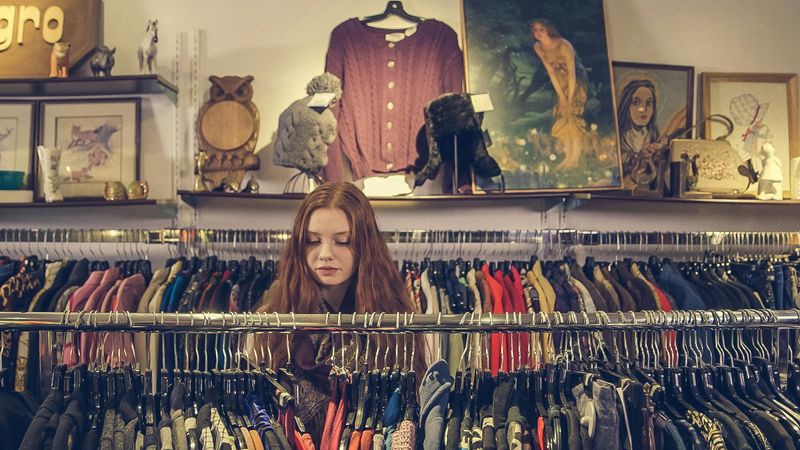
Saving money doesn’t mean sacrificing quality. Many items are just as good secondhand as they are brand new, and some even improve with age.
From vehicles to home décor, buying used can put thousands of dollars back in your pocket while helping the environment by reducing waste. Here are 12 things you should always consider buying used instead of new.
1. Cars

Depreciation hits vehicles harder than almost anything else you’ll ever buy. The second you drive a brand-new car off the dealership lot, it can lose up to 20% of its value instantly. That’s thousands of dollars gone in minutes, just for the privilege of being the first owner.
Choosing a pre-owned vehicle that’s only one or two years old gives you nearly the same experience without the massive financial hit. These cars often still have factory warranties, low mileage, and modern features. You get reliability and performance without paying for that new-car smell.
Plus, insurance costs are typically lower on used cars, and you won’t stress as much about the first scratch or ding. Whether you’re buying from a certified dealer or a private seller, going used is one of the smartest financial moves you can make when it comes to transportation.
2. Books

There’s something magical about cracking open a book, whether it’s fresh from the printer or has been loved by a dozen readers before you. The story inside doesn’t change based on who owned it first. Used bookstores, thrift shops, library sales, and online marketplaces overflow with incredible titles at prices that make building your personal library actually affordable.
You’ll often find hardcover editions, rare finds, and out-of-print gems that you’d never discover in a regular bookstore. Many used books look nearly perfect, with barely a crease on the spine. Even if there’s a coffee stain or a dog-eared page, it just adds character and history.
Buying used also supports local businesses and reduces waste in the publishing industry. You can explore new authors and genres without the guilt of spending full price on something you might not finish. Reading used is reading smart.
3. Furniture
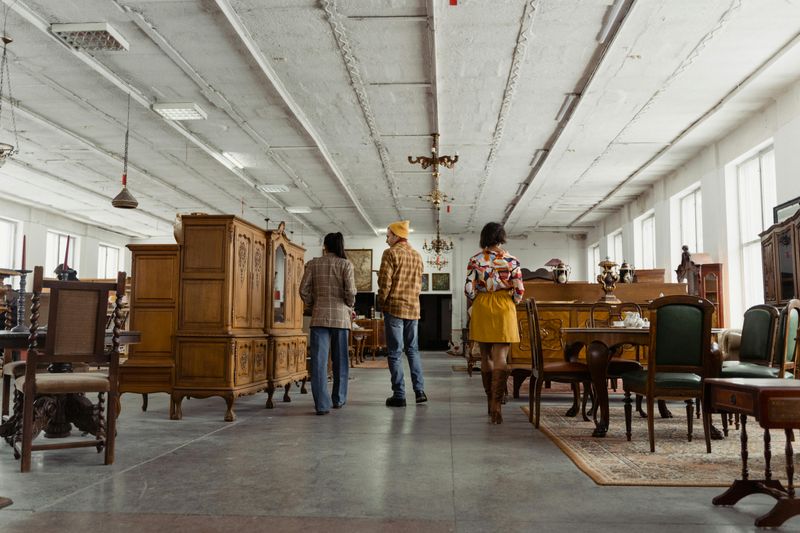
Walk into any big-box furniture store and you’ll find cheap particleboard pieces that won’t survive a single move. Now compare that to a solid oak table from the 1950s that’s already outlasted three generations. Real wood furniture built decades ago was made to last, with dovetail joints, thick hardwood, and craftsmanship you simply can’t find in most modern mass-produced items.
Shopping secondhand means you can afford higher quality for less money. Estate sales, consignment shops, and online marketplaces are treasure troves of unique pieces with character and style. You might find mid-century modern credenzas, farmhouse tables, or Victorian dressers that become conversation starters in your home.
Sure, you might need to refinish or reupholster something, but even with those costs, you’re still ahead financially. Plus, vintage furniture adds personality that cookie-cutter new pieces simply can’t match. Your home deserves better than flat-pack disposable furniture.
4. Exercise Equipment
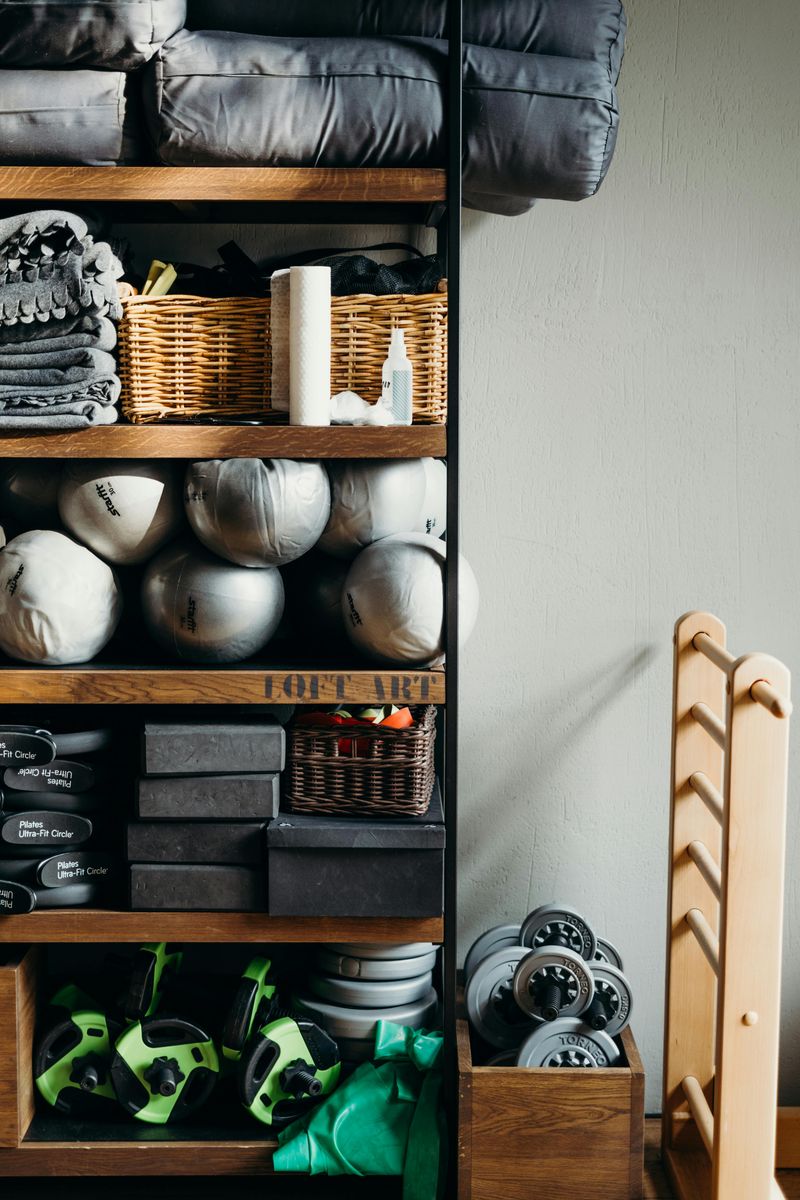
Every January, millions of people make resolutions to get fit and rush out to buy expensive treadmills, ellipticals, weight sets, and exercise bikes. By March, most of that equipment becomes an overpriced coat rack collecting dust in the garage. That’s great news for savvy shoppers who know where to look.
Online marketplaces and local classifieds are packed with barely-used fitness gear being sold for half the original price or less. Sellers just want it gone to reclaim their space, which means you can negotiate deals that seem almost too good to be true. The equipment works perfectly fine—it just didn’t work for their lifestyle.
Before dropping hundreds on new gear, check what’s available secondhand in your area. You’ll find premium brands like Peloton, NordicTrack, and Bowflex at massive discounts. Test it out first, make sure everything functions properly, and enjoy your home gym without the buyer’s remorse that often comes with expensive new equipment.
5. Tools

Quality tools are built to withstand decades of heavy use, which makes them perfect candidates for buying secondhand. A hammer from 1980 works just as well as one made yesterday. The same goes for wrenches, screwdrivers, drills, and saws. Brands like Craftsman, DeWalt, and Milwaukee have reputations for durability that stand the test of time.
Garage sales, estate sales, and online marketplaces offer incredible deals on tools that still have years of life left. Many people inherit tool collections or upgrade to newer models, leaving perfectly functional equipment available for bargain prices. You can build an entire workshop for a fraction of what you’d spend at a hardware store.
Before buying, inspect for rust, cracks, or excessive wear, but don’t be afraid of tools that show honest use. That’s proof they work. Power tools should be tested when possible. With a little cleaning and maybe some new blades or bits, secondhand tools will serve you just as faithfully as they did their original owners.
6. Baby Gear
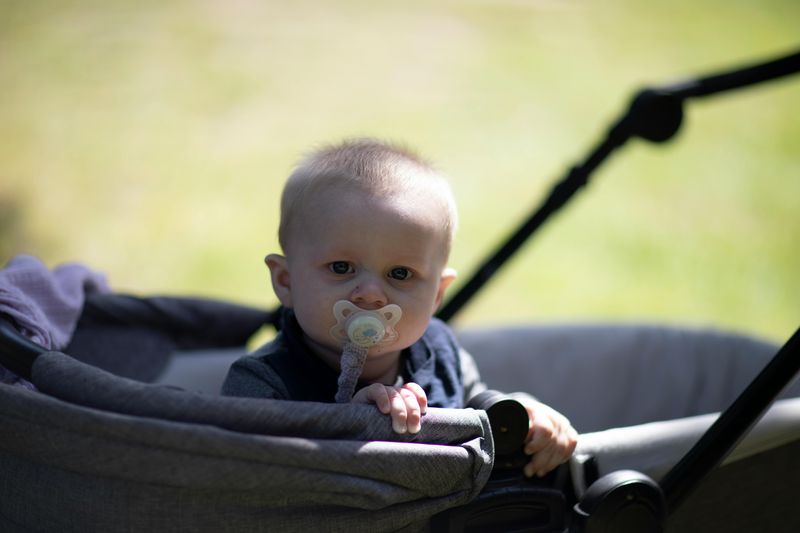
Babies grow at lightning speed, which means most baby gear gets used for just a few months before it’s outgrown. Cribs, changing tables, high chairs, strollers, and baby clothes are often in near-perfect condition when parents are ready to pass them along. Why pay full price for something your child will use for such a short window of time?
Shopping secondhand for baby items can save you hundreds, if not thousands, of dollars during those expensive early years. Consignment sales, parent-to-parent groups, and online marketplaces are goldmines for barely-touched gear. Many items still have tags attached or come with original packaging and manuals.
Safety is the one non-negotiable factor here. Always check current recall lists before buying used cribs, car seats, or other safety equipment. Car seats especially should be avoided if you don’t know their full history, as accidents can compromise their integrity. But for most other items, buying used is a smart, budget-friendly choice that doesn’t sacrifice quality or safety.
7. Electronics (Refurbished)

Paying full price for the latest smartphone or laptop feels painful, especially when technology evolves so quickly. Certified refurbished electronics offer a smarter alternative. These devices have been professionally inspected, repaired if necessary, and tested to meet manufacturer standards. They come with warranties that protect your investment, just like new products.
Retailers, manufacturers, and authorized resellers offer refurbished laptops, tablets, phones, and more at discounts ranging from 20% to 50% off retail prices. Performance-wise, you won’t notice a difference. These aren’t broken or damaged goods—they’re often returns, overstock, or previous display models that work perfectly fine.
Buying refurbished is also better for the environment, reducing electronic waste that piles up in landfills. You get the latest technology without the guilt or the massive price tag. Just make sure you’re buying from reputable sources that offer guarantees and return policies. With certified refurbished electronics, you truly get the best of both worlds: savings and quality.
8. Musical Instruments
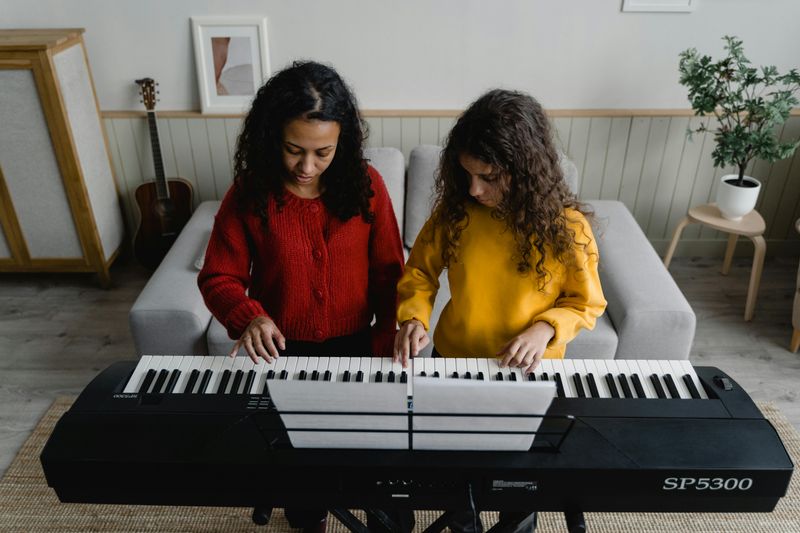
A well-crafted instrument doesn’t lose its ability to make beautiful music just because someone else owned it first. In fact, many musicians believe that instruments improve with age as the wood matures and resonates more richly. Guitars, violins, pianos, and brass instruments can sound even better after years of being played.
Musicians frequently upgrade their gear, creating a thriving secondhand market full of quality instruments at reasonable prices. Whether you’re a beginner testing the waters or an experienced player looking for a backup, buying used makes financial sense. Music stores often have trade-in sections, and online platforms connect buyers with sellers nationwide.
Before purchasing, play the instrument if possible or have someone knowledgeable inspect it. Check for damage, test all keys or strings, and ensure it’s in good working order. Minor cosmetic flaws are fine and often reflected in the price. With proper care, a used instrument can provide decades of enjoyment while saving you significant money compared to buying new.
9. Bikes

Cycling enthusiasts are notorious for upgrading their rides regularly, which means the used bike market is flooded with excellent options. You’ll find everything from road bikes and mountain bikes to cruisers and hybrids, many with premium components and upgrades that the original owner installed. These bikes have been loved, maintained, and are ready for a new rider.
Buying used saves you serious money while still getting you out on the trails or roads. A bike that cost $1,500 new might sell for $600 after a few years, even if it’s barely been ridden. Check local classifieds, bike co-ops, and online marketplaces for deals. Many sellers include accessories like helmets, locks, and lights as part of the package.
When shopping, inspect the frame for cracks or dents, test the brakes and gears, and check tire condition. A reputable bike shop can do a tune-up for around $75 if needed. With a little research and patience, you’ll find a quality ride that fits your budget and gets you pedaling without the new-bike price tag.
10. Designer Clothes

Luxury fashion doesn’t have to come with a luxury price tag. Thrift stores, consignment boutiques, and online platforms like Poshmark, ThredUp, and The RealReal have revolutionized access to designer brands. You can find Gucci, Prada, Burberry, and other high-end labels for a fraction of what they cost new, often in like-new or even unworn condition.
Fashion trends come and go, and many people buy designer pieces, wear them once or twice, then resell them. Their loss is your gain. Shopping secondhand lets you build a sophisticated wardrobe without draining your bank account. You’ll discover unique vintage pieces and current styles side by side.
Authentication is important when buying luxury items, so stick to reputable sellers and platforms that verify authenticity. Check for signs of wear, but remember that quality designer clothing is made to last. With proper care, these pieces will serve you well for years. Looking expensive doesn’t have to be expensive when you shop smart and buy used designer fashion.
11. Sports Equipment

Trying a new sport shouldn’t require a massive financial commitment, especially if you’re not sure you’ll stick with it. Golf clubs, skis, snowboards, tennis rackets, baseball gloves, and other sports gear are widely available secondhand at prices that make experimentation affordable. Parents especially benefit from this when kids want to try every sport under the sun.
Enthusiasts who upgrade regularly flood the market with quality equipment that still has plenty of life left. You’ll find name brands and professional-grade gear that performs just as well as it did when new. Sporting goods stores often have trade-in sections, and online marketplaces connect buyers with sellers in their area.
Before buying, inspect equipment carefully for damage or excessive wear. Make sure clubs aren’t bent, skis don’t have core shots, and gloves aren’t torn. Most sports equipment is designed to withstand years of use, so don’t hesitate to buy secondhand. You’ll save money while figuring out what you truly enjoy, and you can always upgrade later if you become serious about the sport.
12. Home Décor
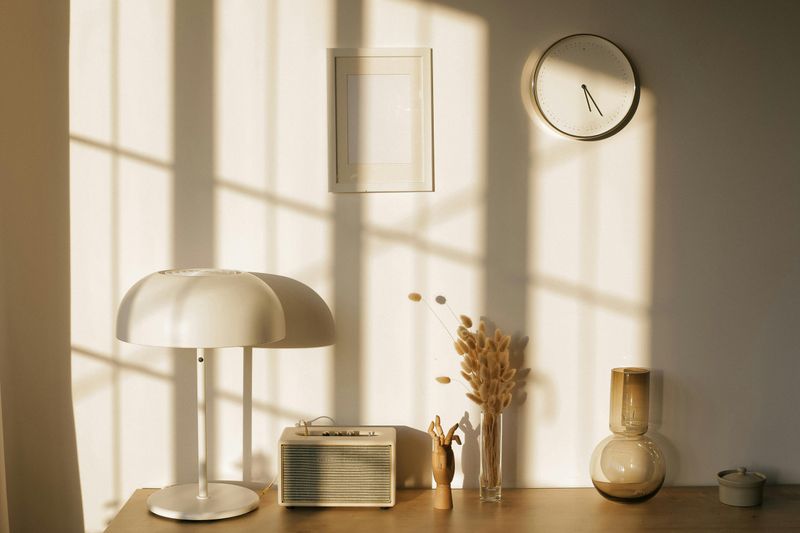
Decorating your home should express your personality, not empty your wallet. Yard sales, flea markets, estate sales, and thrift stores are packed with mirrors, picture frames, vases, lamps, artwork, and decorative accessories that can transform any space. These items often have more character and uniqueness than anything you’d find in a big-box home goods store.
Vintage and antique décor pieces bring warmth and history into your home. A brass lamp from the 1960s or an ornate mirror from an estate sale becomes a focal point and conversation starter. Many items just need a quick cleaning or a fresh coat of paint to look stunning. DIY projects using secondhand finds are satisfying and budget-friendly.
Shopping secondhand for décor also means you’re not contributing to the mass production of disposable home goods. You’re giving beautiful items a second life while creating a space that truly reflects your style. Keep an open mind, visit sales regularly, and you’ll be amazed at the treasures you discover for just a few dollars.

Comments
Loading…